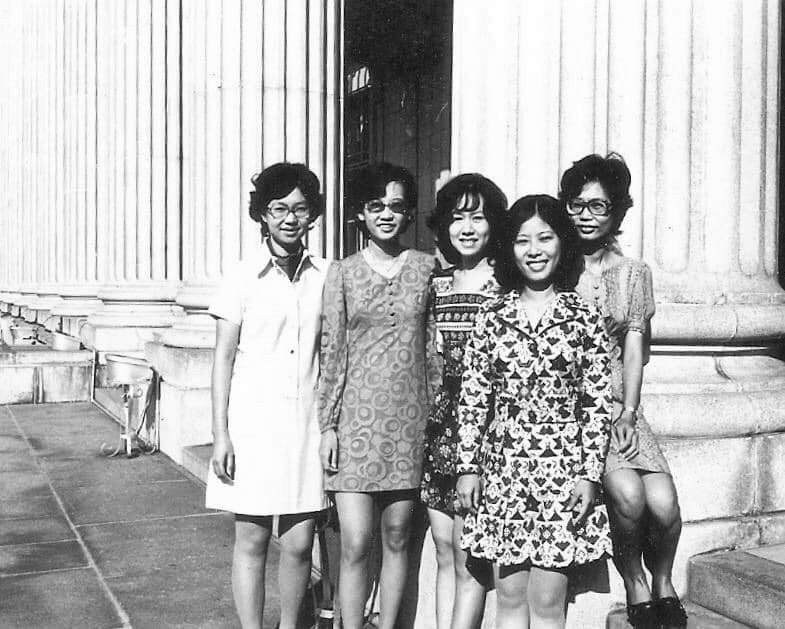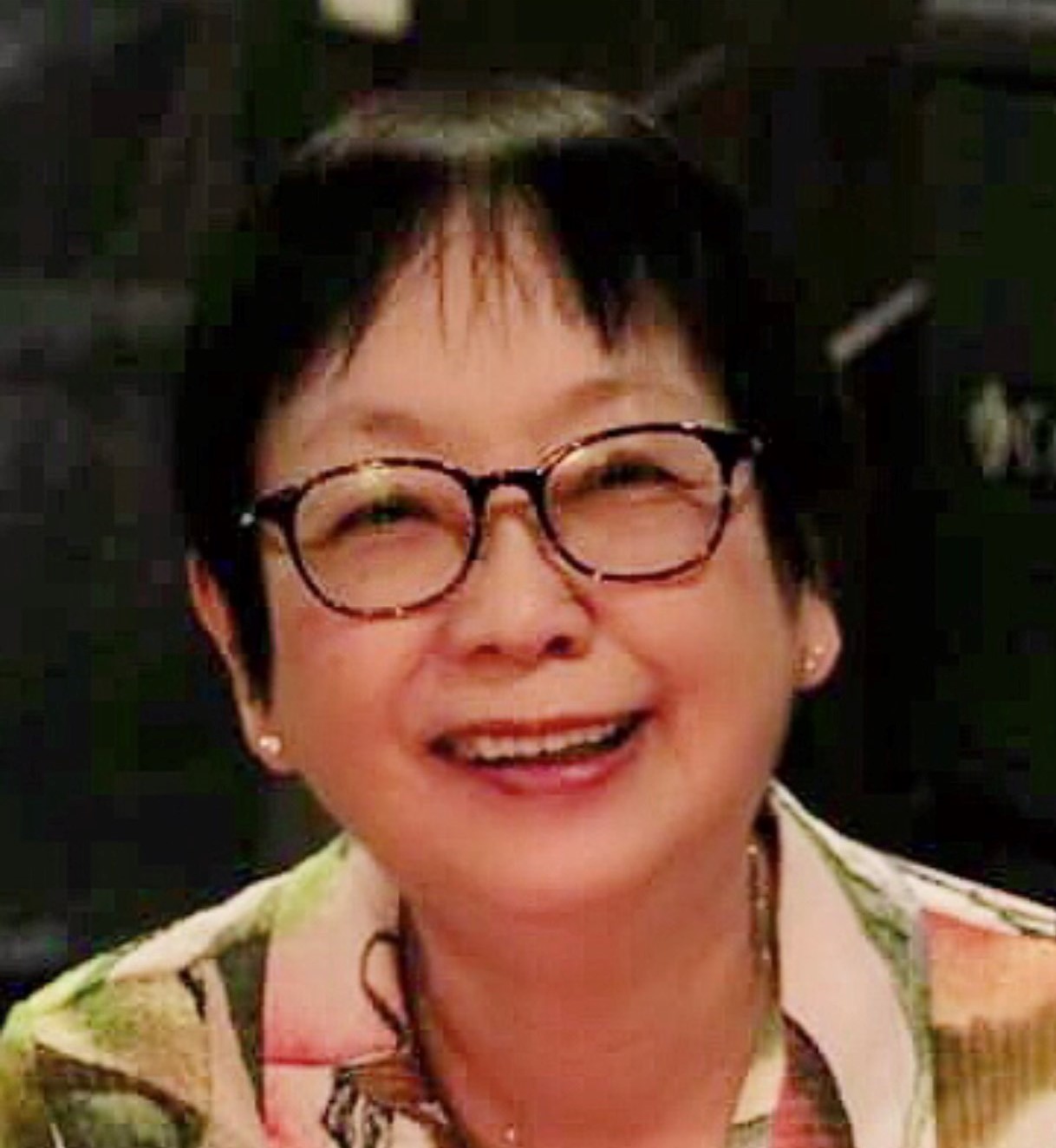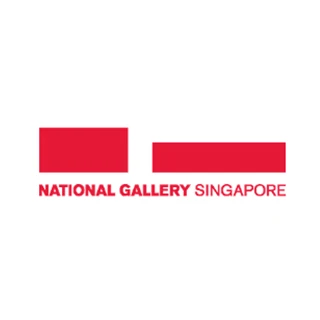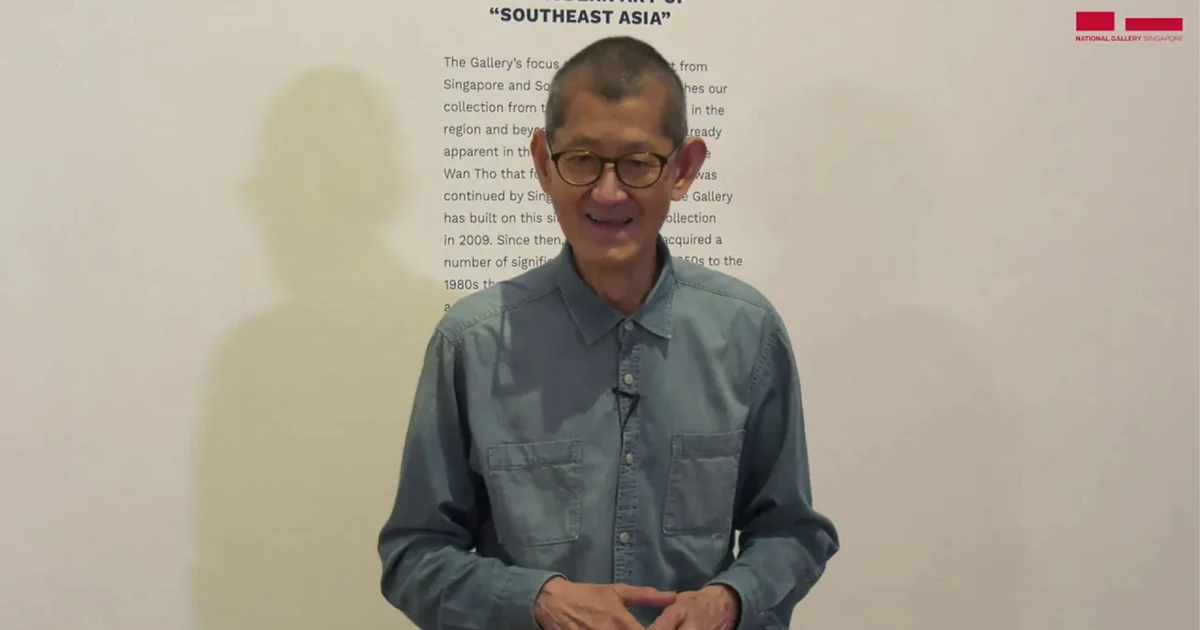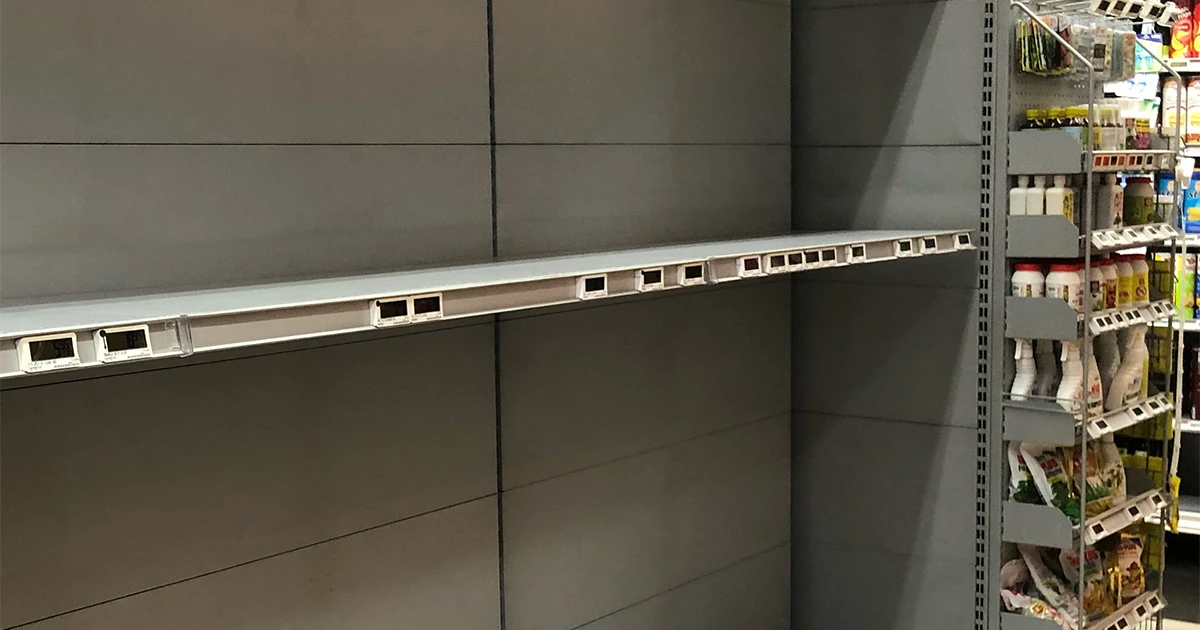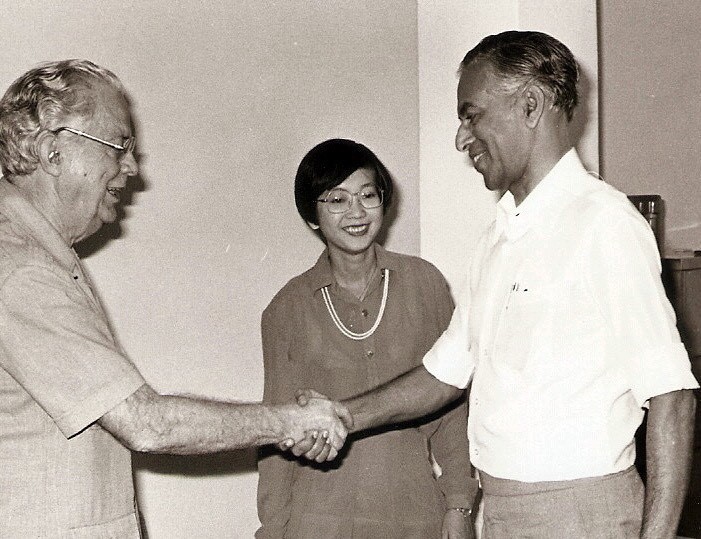
1970s
The year was 1972 in post-independence Singapore. According to Suan Eng, it was an uncertain time when passion played second fiddle to pragmatism, and when “people just wanted a job”.
That year, she was starting out as a young assistant research officer with the Ministry of Foreign Affairs (MFA). One day, she was tasked to sit in and take notes at a meeting between then Minister for Foreign Affairs, S. Rajaratnam, and a visiting Cambodian minister.
From writing notes to writing articles
Suan Eng recalls, “I remember being in the meeting room with just the two of them. At that time, I was a shy and introverted Chinese-educated girl who wasn’t that confident. I didn’t know how to conduct myself and felt scared. It was definitely one of the most memorable meetings when I was with MFA.”
Suan Eng regards her work stints at the City Hall building with MFA—and subsequently Ministry of Culture—as formative years of her career. During those years, she acquired various skills, from research, writing and editing, to protocol and event management. She shares that these skills put her in good stead for the rest of her working life.
“When I was with the Ministry of Culture, I was the editor of a current affairs publication called The Mirror. It was a collection of original articles about domestic issues and people’s views and opinions. Back then, we had to learn about the entire publication process, including layout, photo selection and printing techniques. We didn’t have computer templates or applications to help us.”
Suan Eng laughingly adds, “My father was so proud of me. He told everybody he met, ‘If you want a copy of The Mirror, you can tell my daughter and she will put you on the mailing list.’”
Of sights, sounds and favourite spots
When asked about her physical work environment at the City Hall building, Suan Eng says, “The offices were not air-conditioned then, so the first thing I did every morning was to open the windows and turn on the fan. I would also wipe my desk because there would be dust everywhere.
“During our lunch breaks, my colleagues and I would often view the Surrender Chamber exhibit depicting the formal Japanese surrender to the British. We also liked going there because it was one of the few air-conditioned areas in the City Hall building!”
She adds, “While working, we could hear the buzz from the streets—buses moving, people talking and the occasional bell chimes from St Andrew’s Cathedral next door.”
There was another consistent element during Suan Eng’s days at City Hall—the building’s lift attendant. “Then, the lift had a heavy collapsible gate, and you needed somebody to man it. Our lift attendant was an Indian gentleman with a moustache. He was always dressed in a grey uniform with brass buttons. He wasn’t very friendly, but during the year-end, he would always ask us nicely for calendars to send back to India,” she chuckles.
She also fondly remembers the grand stairway leading to the building’s main entrance. Undoubtedly, the stone columns were a draw. Suan Eng shares, “We enjoyed taking photos there. You feel like you are in Europe because of the colonial architecture.”
Place of historical significance
That said, Suan Eng was quick to qualify that the building meant more than beautiful architecture to her.
“To me, City Hall represents history. More people should be made aware of the historical significance of the building. As a baby boomer, I heard a lot of stories from my parents about the Japanese Occupation and the cruelty of war. Through these stories, I learnt that we should never have a sense of entitlement,” she shares.
She added wistfully, “In our days, we didn’t have a comfortable working environment, and there were no year-end bonuses. But we worked hard, we were frugal, and we never stopped learning. That’s something I hope young Singaporeans will continue to do.”
